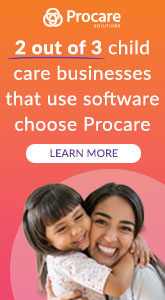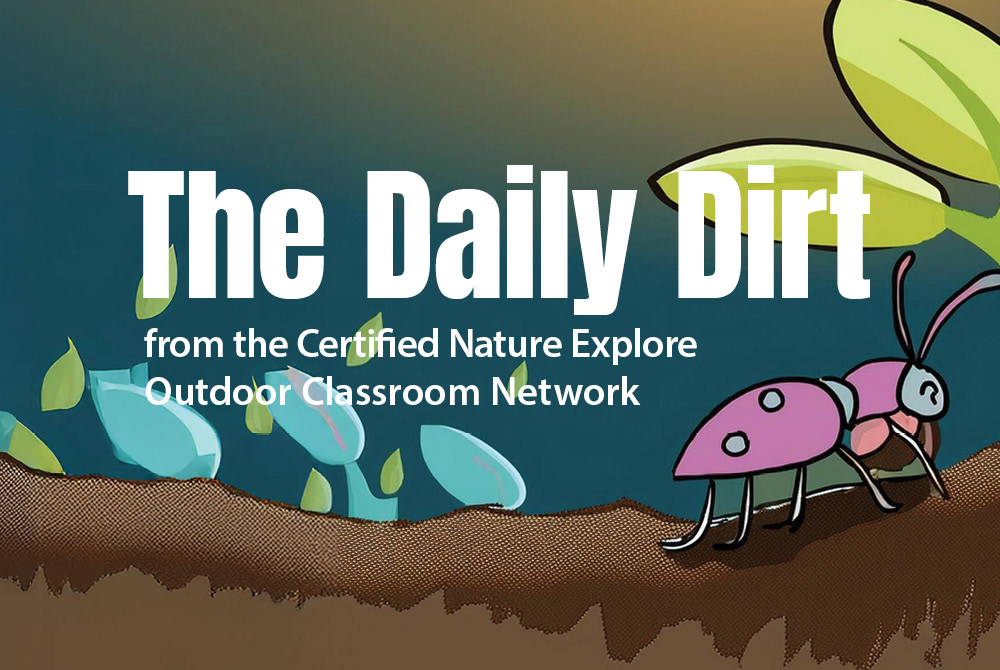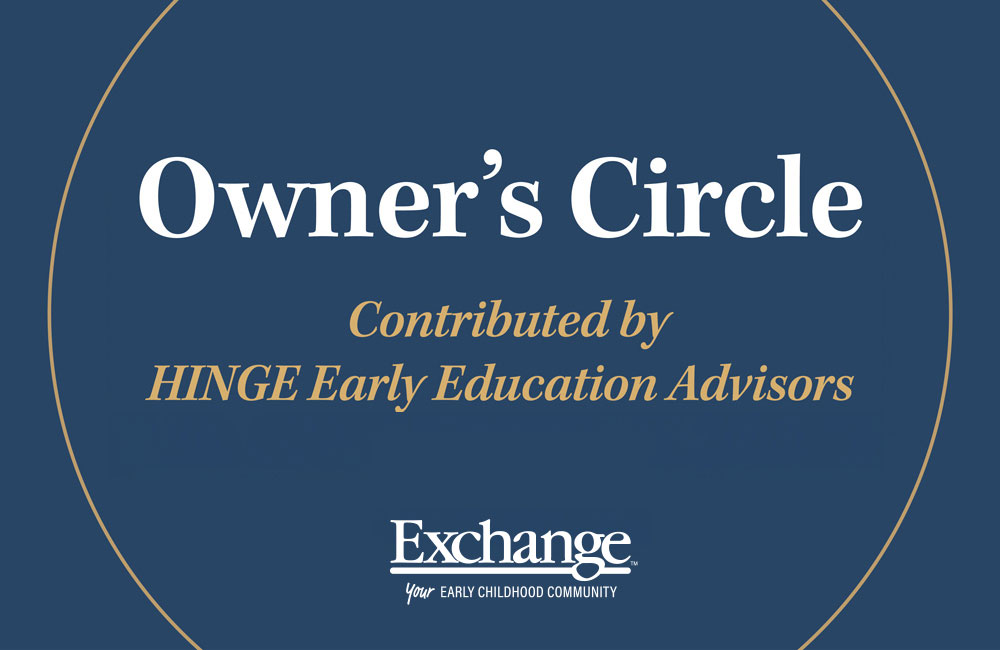Now that Sara had a mission and her guiding principles, she had to decide on an appropriate business model for her fledgling program. Not surprisingly, there are many business models associated with nature education. Some nature programs serve as private child care centers offering full-day, full-week care. Others have found success in registering and operating as in-home child care programs; other nature programs provide only part-time options or are limited to preschool-age children; others have partnered with public school systems, while some nature programs operate as part of local parks and recreation departments (Larimore 2016; Sobel 2015).
When seeking out space for her new program, Sara initially investigated local farms and rental properties abutting state parks, or conservation lands that were open to the public. She also considered renting land and building a yurt. In our land search, every option had its pros and cons. Most of the cons centered around people having a hard time understanding what we wanted to do with the children on the land all day. That led to concerns about the impact our program might have on their land. They also did not understand our bathroom and shelter space needs in order to meet licensing standards because they had no history of working with children in their spaces.

In contrast, the partnership with the YMCA felt easy from first contact. This option did not have any cons and the list of pros was long. The space is a summer camp, a great option for anyone looking to run a program during the school year. As a summer camp, it had things such as pavilions in the forest, cabins, bathrooms on both ends of campus, gardens, fields, streams, hiking trails, and fort-building areas. Conservation agreements did not limit land use and included child-friendly play spaces and buildings.
We also partnered with people who understood children and children in nature. These were folks who wanted children on their land and understood how children would play and interact with these spaces. The YMCA offers programming during the summer and many of our children attend their camp making our transition into the space seamless.
A crucial aspect of our partnership: The YMCA believed in us and our mission, actively supporting our start-up. They offered us a tiered rental agreement. We started with very low rent until we reached our goal of 15 children, at which point we moved over to a standard rental agreement.
In this arrangement, Sara rents access to 2 buildings, 2 pavilions, cleaning services, grounds management, pest management, some supplies (such as paper towels), and utilities. We are incredibly grateful for our partnership with them.
Challenges
Although the benefits of nature-based education are incredibly vast, the challenges can feel immense. Some far-reaching barriers to nature-based education include a (real or perceived) lack of access to natural areas for play, a lack of appropriate clothing for various weather conditions, safety/liability concerns, and a lack of time not dedicated to academic activities (Ernst 2012). All of this was combined with the day-to-day challenges of beginning any new program for children.
For Sara, though, there were two major logistical challenges.
- Navigating state licensing in a state that had not yet begun to license nature programs,
- Acquiring financial support for start-up costs.
Additional hurdles included the time Sara spent educating families and stakeholders on the benefits of nature-based education. At the time, nature-based education had not yet become a major part of the early childhood education delivery system. Of course, that all changed with

COVID-19, which propelled outdoor programs into the spotlight and high demand. This year, the waitlist for Wildwood extends into the next year.
Nature-based programs require different kinds of oversight, and thus, a different approach to program licensure. The nature program Sara sent her child to was, at the time, an unlicensed program (but was legally exempt due to its small size and limited hours). The most pressing challenges as associated with the licensing process included was the realization that Wildwood would need to rent and furnish a full indoor classroom to become licensed. Clearly, the rental and furnishing of the space felt like a waste of precious resources given how little it would be used. This has been (and continues to be) a major barrier to programs looking to start up a learning center without an indoor classroom. The good news is that, at least in Sara’s state, the full indoor classroom is no longer required. Massachusetts seems to be on the forefront of many child care-licensing-related issues and has recently released licensing standards for nature programs.
While Sara was aware of consultants offering fee-for-service support with licensing, she found them to be expensive, and ultimately cost-prohibitive. In the end, she found the most effective support was that of other educators and administrators working in nature-based programs. She was able to make connections to these educators through private forest school support groups and networks on social media, typically intended to help people starting up. Now that she has become fully licensed and is growing a thriving program, Sara tries to “give back” by answering questions from future nature-based program directors who reach out to her. Still, she believes there should be more support at the state level for new nature-based programs.
Another major challenge was the start-up cost of beginning a brand-new program. Sara was a single mother on a very tight budget. To open her program, she took out an 18-month interest-free credit card and started Wildwood on $7000. Sara was certain of her idea, her plan, and herself. Given the limited budget she was working with, Sara invested in supplies and materials that were required to receive her license. So, she purchased properly sized tables and chairs, cubbies, storage cabinets, and handwashing stations. Most toys were donated. She also bought practical items to make outdoor life easier such as wagons, shelving, a shed.
An ongoing challenge, not just for Sara’s program, but for the field of nature-based education in general is the inclusion of all children and families, including those with various socio-economic statuses, racial and ethnic backgrounds, and unique or special needs. According to the Natural Start Alliance (2017), enrollment in nature-based programs does not reflect the diversity of our communities in the United States, and clearly, this must change if we are to build equitable programs for all children.
Moving forward

At the time of this writing, Wildwood is in its fifth successful year of serving 35 children, employing six teachers, and is financially stable, but Sara isn’t finished with her plan for the program, or the field. Moving forward in realizing the full potential of nature-based education for all children, Sara (and the field of nature-based education in general) must find ways to remove barriers for families wishing to enroll in these programs. One barrier is purely economic. High-quality programs are still unaffordable for many families. Additionally, outdoor programs often require specialized gear to keep children safe and comfortable. Programs can help alleviate this barrier by creating sliding-scale tuition models and scholarship programs and participating in state-level funding opportunities (such as child care scholarship programs). Programs can also host lending lockers or seek out donations to help families gain access to necessary outdoor gear.
For Sara, she would also like to be able to pay her staff (and herself) a fair wage- a challenge all too familiar for most of the field. She would also like to purchase land so Wildwood can be more self-sufficient. Sara also plans to lobby for a state-level consultant who provides technical assistance to new and existing nature-based programs. Finally, in addition to her work with children and families, Sara hopes to create a Wildwood campus in a more urban area, and to create professional development opportunities that address the needs of programs operating outdoors for full days so that more children can access the wonders of nature-based education.
References
Boles, B. 2009 College Without High School: A Teenager’s Guide to Skipping High School and Going to College. New Society Publishers.
Ernst, J. 2012. “Early Childhood Nature Play: A Needs Assessment of Minnesota Licensed Childcare Providers.” Journal of Interpretation Research 17(1): 7-24.
Finch, K. & Bailie, P. 2015. “Nature Preschools: Putting Nature at the Heart of Early Childhood Education.” Occasional Paper Series 2015(33).
Gatto, J. T. 2002. Dumbing us Down: The Hidden Curriculum of Compulsory Schooling. New Society Publishers.
Gray, P. 2013. Free to Learn: Why Unleashing the Instinct to Play Will Make our Children Happier, More Self-Reliant, and Better Students for Life. Basic Books.
Hanscom, A. J. 2016. Balanced and Barefoot: How Unrestricted Outdoor Play Makes for Strong, Confident, and Capable Children. New Harbinger Publications.
Holt, J. 1972. Freedom and beyond. Penguin
Kuo, M. & Jordan, C. 2019. “The Natural World as a Resource for Learning and Development: From Schoolyards to Wilderness.” Frontiers of Psychology 10: 1763.
Larimore, R. 2016. “Defining Nature-Based Preschools.” International Journal of Early Childhood Environmental Education 4(1)1: 32-36.
Louv, R. 2008. Last Child in the Woods: Saving our Children from Nature-Deficit Disorder. Algonquin books.
Natural Start Alliance. 2017. “Nature preschools and Forest Kindergartens: 2017 National Survey.” Retrieved from http://naturalstart.org/sites/default/files/staff/nature_preschools_national_survey_2017.pdf
Riley, G. 2020. Unschooling: Exploring Learning Beyond the Classroom. Springer Nature.
Sobel, D. 2015. Nature Preschools and Forest Kindergartens: The Handbook for Outdoor Learning. Redleaf Press.
Spiteri, J. 2021. “Quality Early childhood Education for All and the Covid-19 Crisis: A Viewpoint.” Prospects, 1-6.
Related
ADVERTISEMENT











